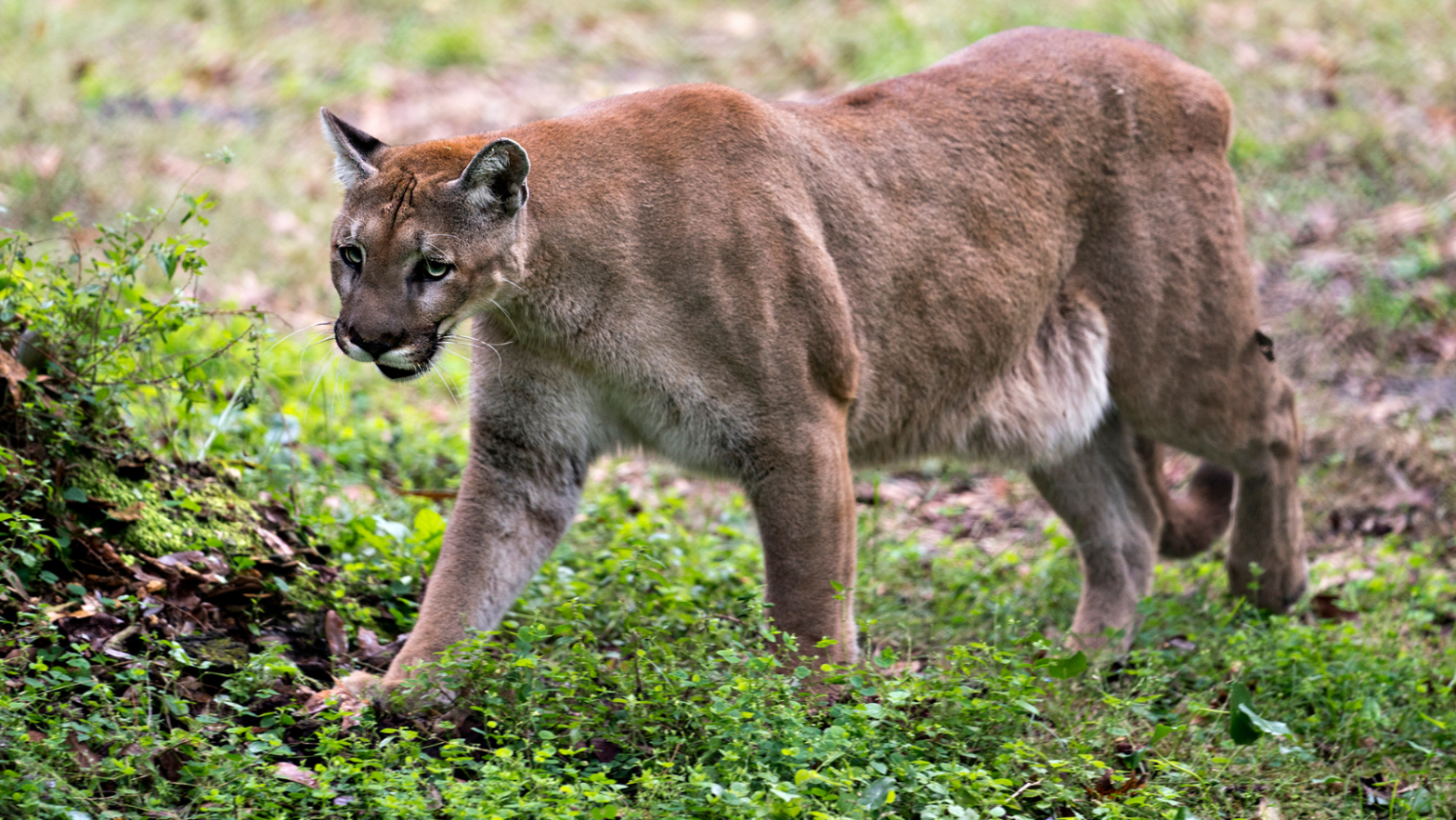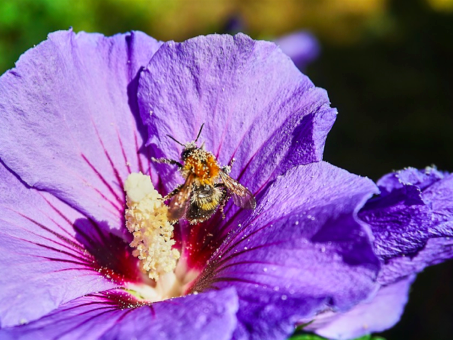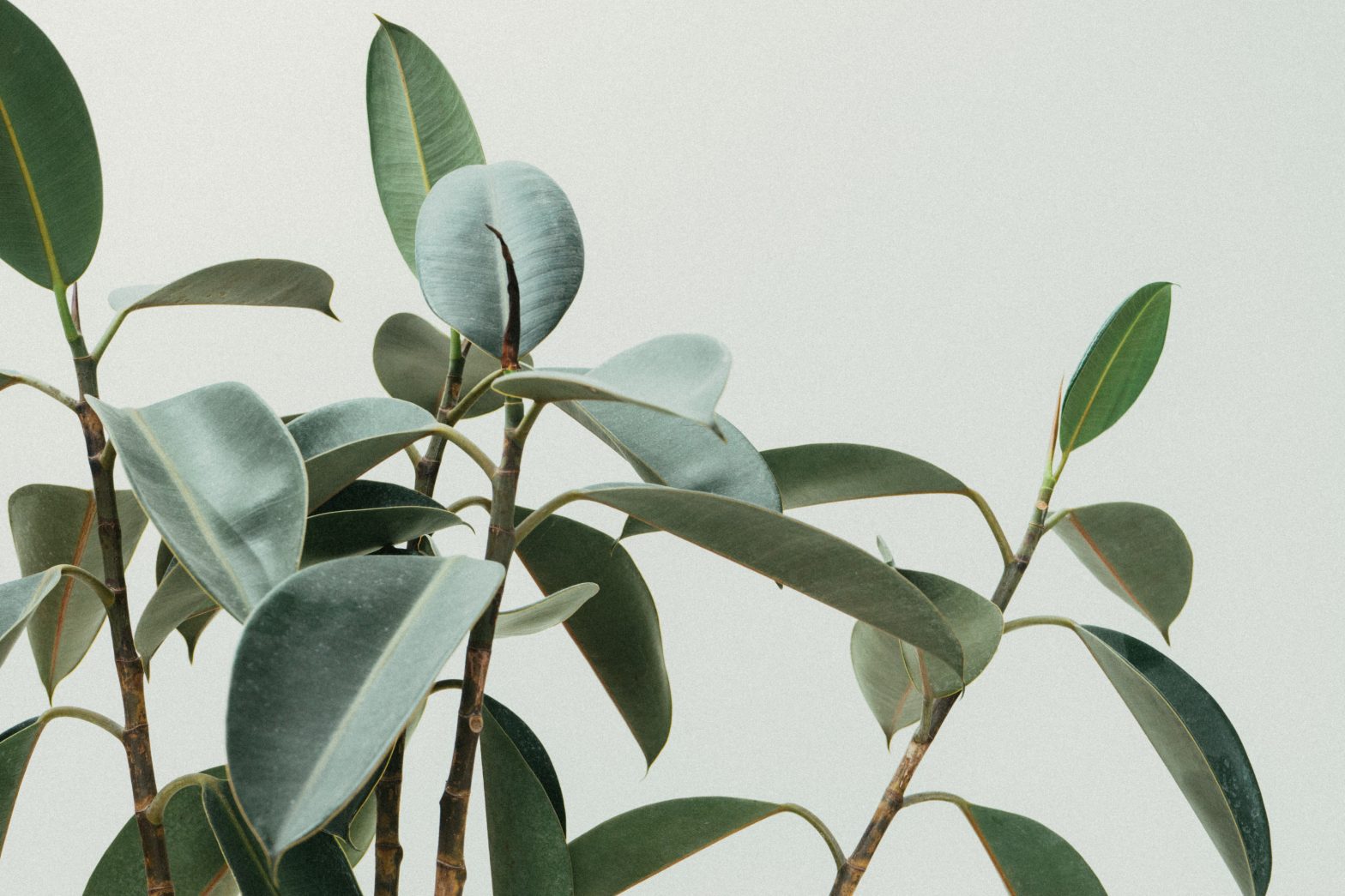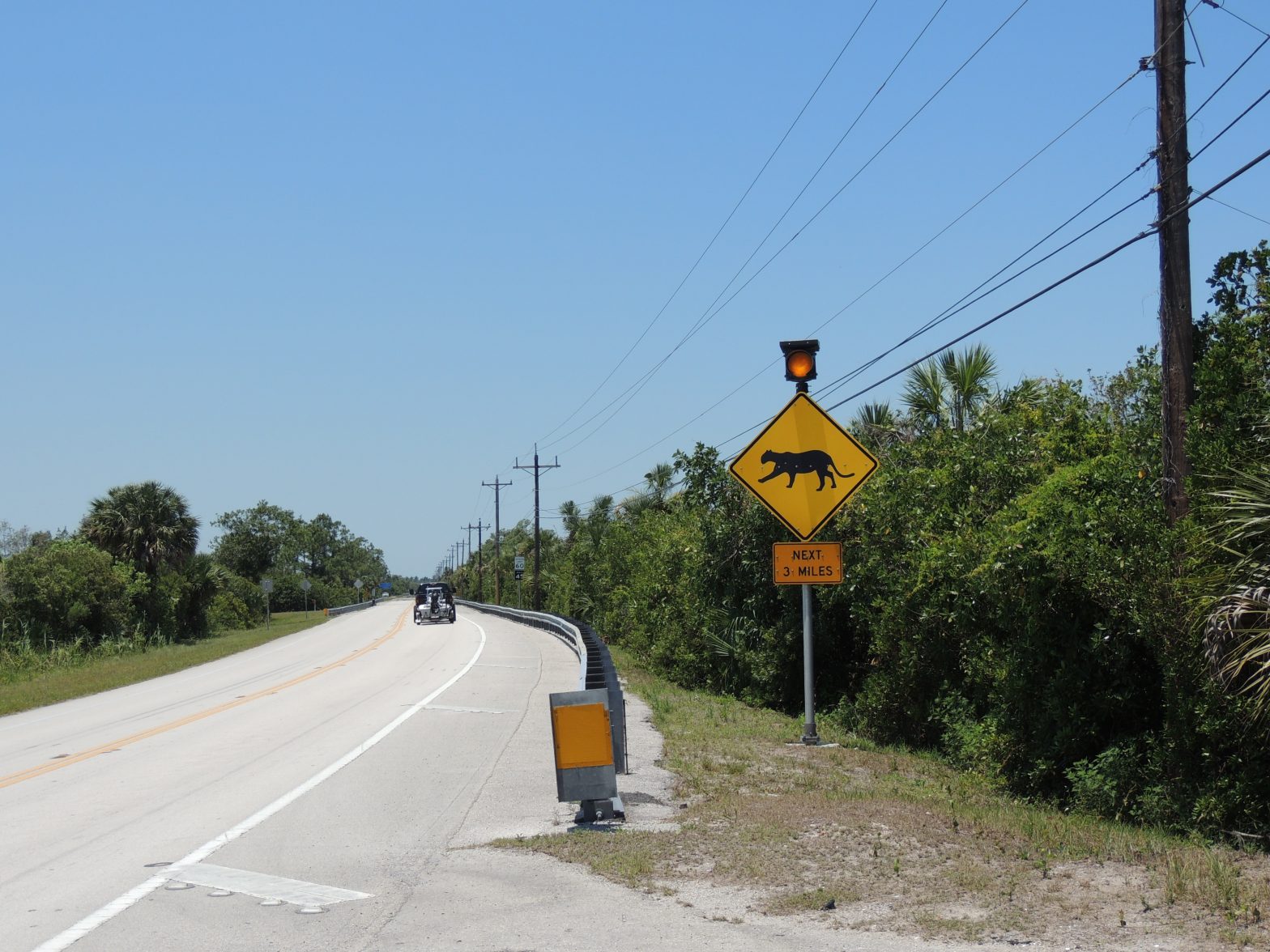Search results for: “Animal Conservation”
-
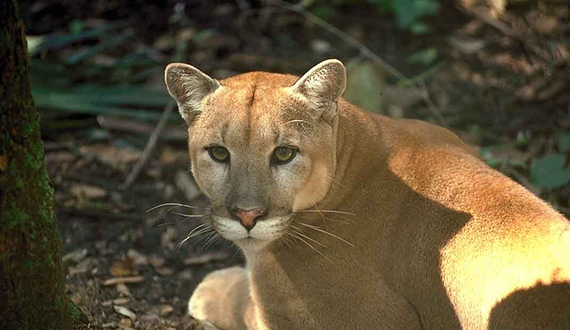
Roaring Forward: The Florida Panther’s Path to Conservation Success
The Florida panther, a majestic and iconic species that wildlife enthusiasts and conservationists have long admired, faces the imminent threat of extinction, leaving a mere 100-180 individuals in the wild. In this article, we will explore why Florida panther conservation is crucial. We will highlight its unique ecology, the challenges it encounters, and the…
-

Spooky Animals in Florida
With Halloween around the corner, you’re probably seeing some pretty spooky decorations. These trinkets and trimmings often feature animals found in your own backyard. Bats, spiders, snakes— maybe you’ve wondered how these animals came to be known as harrowing Halloween mascots. IDEAS For Us is here to show some appreciation to the spooky animals right…
-

The Florida Panther: FL Native Animal Series
The first animal to be featured on a Florida Native Animal Spotlight Series is an obvious choice: Florida’s own state animal, The Florida Panther! The Florida Panther is a subspecies of the mountain lion. They are a large, tan cat with a unique crooked tail and a patch of fur like a cowlick on their…
-

Split Oak Forest: The Fight for Conservation
Valerie Anderson, a geographical information science analyst, doesn’t have a favorite area of Split Oak Forest so much as a favorite time of year: fall. The season brings scores of purple flowers to the 1,700-acre nature preserve. Garberia, Vanillaleaf, Hairy Chaffhead, Slender Blazing Star. These are just a handful that capture her interest, not only…
-

Conservation Now…There Is No Plan Bee
What Is Pollination? Pollination can be understood as a mutually beneficial process3. Simply put, pollinators are animals that transport pollen from one species of flower to the same species of another flower. This transfer of pollen between flowers allows for the reproduction of more flowers, ensuring new plants will soon grow. Not only do flowers benefit from…
-
Nepal
—
by
IDEAS For Us – Branches Nepal About This Branch IDEAS For Us – Nepal was founded in 2016 after Tika Ram “Santosh” Poudel became the third IREX Fellow to IDEAS For Us and traveled to Orlando, Florida for a four-month immersion program from August to December of 2015. The United States Department of State specially…
-
Blog
—
by
Table of Contents IDEAS For Us – Environmental Sustainability Professionals Show A to Z Topical Index A Alternative Energy Air Pollution Animal Conservation Agroforestry Adaptation Aquaculture Artificial Intelligence Access to Clean Water Awareness Campaigns Alternative Transportation B Biodiversity Biodegradable Carbon Footprint Climate Change Conservation Composting Clean Energy Circular Economy Community Gardens Corporate Sustainability C Carbon…
-

Archaeology and Nature
Significance of Archaeology Anthropology has been recognized as an important scientific field of study for decades, but it has been relevant ever since the 18th century. Anthropologists study the evolution of human culture by identifying and analyzing material remains, civilizations, languages, and biological processes. This field of study is important because we can use the…
-

St. Johns River: Water Management Spotlight
The longest river that begins and ends within the state of Florida is the St. Johns. Originating at Blue Cypress Lake, the St. Johns River meanders over 300 miles north to its terminus in the Atlantic Ocean near Jacksonville.1,2 At its southern end, the river is shallow and marsh-like, scarcely navigable by boat. As it works…
-

The Florida Wildlife Corridor
Habitat loss and fragmentation are some of the primary causes of declining plant and animal populations. The Florida Wildlife Corridor protects almost 700 different plant and animal species by conserving and connecting habitats all over the state. This includes the mighty Florida Panther, The West Indian Manatee, and the Gopher Tortoise. This blog dives into…

